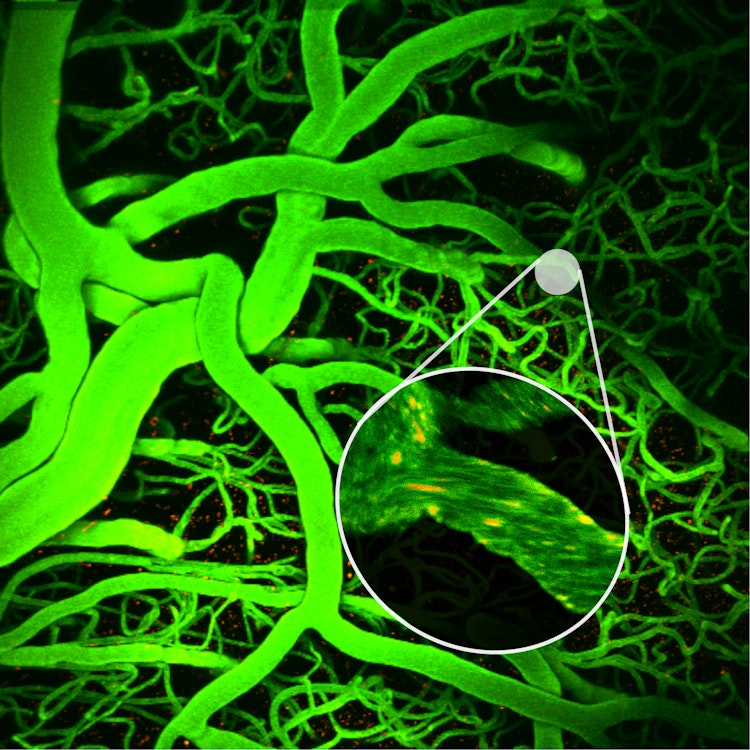
Ultrasound trapping and navigation of microrobots in the mouse brain vasculature
The intricate and delicate anatomy of the brain poses significant challenges for the treatment of cerebrovascular and neurodegenerative diseases. Thus, precise local drug delivery in hard-to-reach brain regions remains an urgent medical need. Microrobots offer potential solutions; however, their functionality in the brain remains restricted by limited imaging capabilities and complications within blood vessels, such as high blood flows, osmotic pressures, and cellular responses. Here, we introduce ultrasound-activated microrobots for in vivo navigation in brain vasculature. Our microrobots consist of lipid shelledmicrobubbles that autonomously aggregate and propel under ultrasound irradiation. We investigate their capacities in vitro within microfluidic-based vasculatures and in vivo within vessels of a living mouse brain. Thesemicrorobots self-assemble and execute upstream motion in brain vasculature, achieving velocities up to 1.5 μm/s andmoving against blood flows of ~10mm/s. This work represents a substantial advance towards the therapeutic application of microrobots within the complex brain vasculature.
Download
delcampo_2023.pdfResearchers






